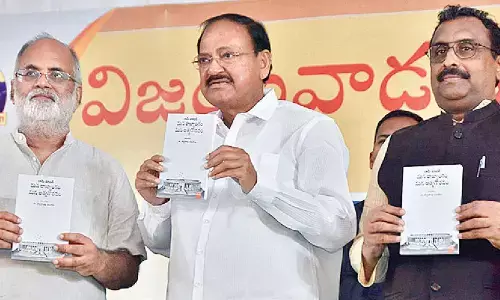Everything you need to know about the Central Bank Digital Currency

Kunal Jagdale, Founder, BitsAir Exchange
Union Finance Minister Nirmala Sitharaman has made Central Bank Digital Currency (CBDC) a household term as it has been the latest buzzword for many of us wondering. What is it and how will it work?
Union Finance Minister Nirmala Sitharaman has made Central Bank Digital Currency (CBDC) a household term as it has been the latest buzzword for many of us wondering. What is it and how will it work?
For those, who are unaware of the crypto or blockchain world, the fad CBDC is Central Bank Digital Currency, which is a government-issued digital currency and is backed by the central bank of the nation. In India's case, it is the Reserve Bank of India (RBI). Putting it in simpler terms, a CBDC is the legal tender of a particular country as it is issued by the central bank but in digital form. It is an electronic record or digital token of the official currency issued by the monetary authority of a nation.
A survey conducted by the Bank of International Settlements (BIS) in 2021 revealed that 86 per cent of the central banks were exploring the potential of CBDCs and about 15 per cent of the states were set to launch their pilot projects. The CBDC will fulfil the basic functions as a medium of exchange, unit of account, store of value, and standard of deferred payment. CBDC is the same as currency issued by a central bank but takes a different form than paper (or polymer). Even our Prime Minister Narendra Modi said that the CBDC launched by RBI will be as good as India's fiat currency - Indian National Rupee (INR) and will be exchangeable to the cash at par. It is a sovereign currency in an electronic form and will appear as a liability (currency in circulation) on a central bank's balance sheet, says the RBI website.
Need of CBDC
CBDC will be backed by distributed ledger technology (DLT) but will be a permissioned blockchain which will make it different from other permissionless crypto assets. The central monetary authority will have control access to the blockchain. Central banks are facing dwindling usage of paper currency and now seek to popularize a more acceptable electronic form of currency. Advanced cash will be more proficient and will actually avoid the damaging results of private monetary forms.
Advantages of CBDC
CBDC will be the final payment and eliminate the risk of settlement in the financial system, particularly the banks. The CBDC will be the actual store of value and will transfer the value from one entity to another. It will prompt lower exchange costs and make the progression of cash more straightforward. CBDCs will move towards continuous exchanges and a globalized savvy installment settlement framework. For Instance, Indian merchants can pay an American exported consistently in advanced dollars without the need of a delegate.
It would not even require that the US Federal Reserve system is open for settlement. Time zone differences would no longer matter in currency settlements. This transaction would be final as CBDCs are as good as fiat currencies.
According to a note released by the State Bank of India (SBI), the CBDC has the potential to offer benefits in terms of liquidity, scalability, acceptance, ease of transactions and faster settlement in comparison with existing forms of money. It can be a pragmatic shift to a cashless economy in the near future. The adoption of CBDC will improve and make it easier for people to use the supporting infrastructure provided by the government. It will boost the government's mission to move toward the digital economy. It can establish an environment created for interoperability whereby faster real-time remittance occurs.
India vs World in CBDCs
India is expected to launch CBDC or the digital rupee in the financial year 2022-23 but the government is hinting at it from 2021. The RBI will analyse and assess the CBDCs scope in retail and wholesale payments, the underlying technology, use cases, validation mechanism (token-based or amount based), denominations and architecture of issuance.
Among its global peers, Nigeria is set to launch its digital currency named Naira. Venezuela is also planning to launch its CBDC, ie, the digital Bolivar. South Korea is pilot testing the digital Yuan. The European Central Bank (ECB), US, Russia, China, and Turkey are also mulling their plans for the CBDCs.
(The article is authored by Kunal Jagdale, Founder, BitsAir Exchange).

















